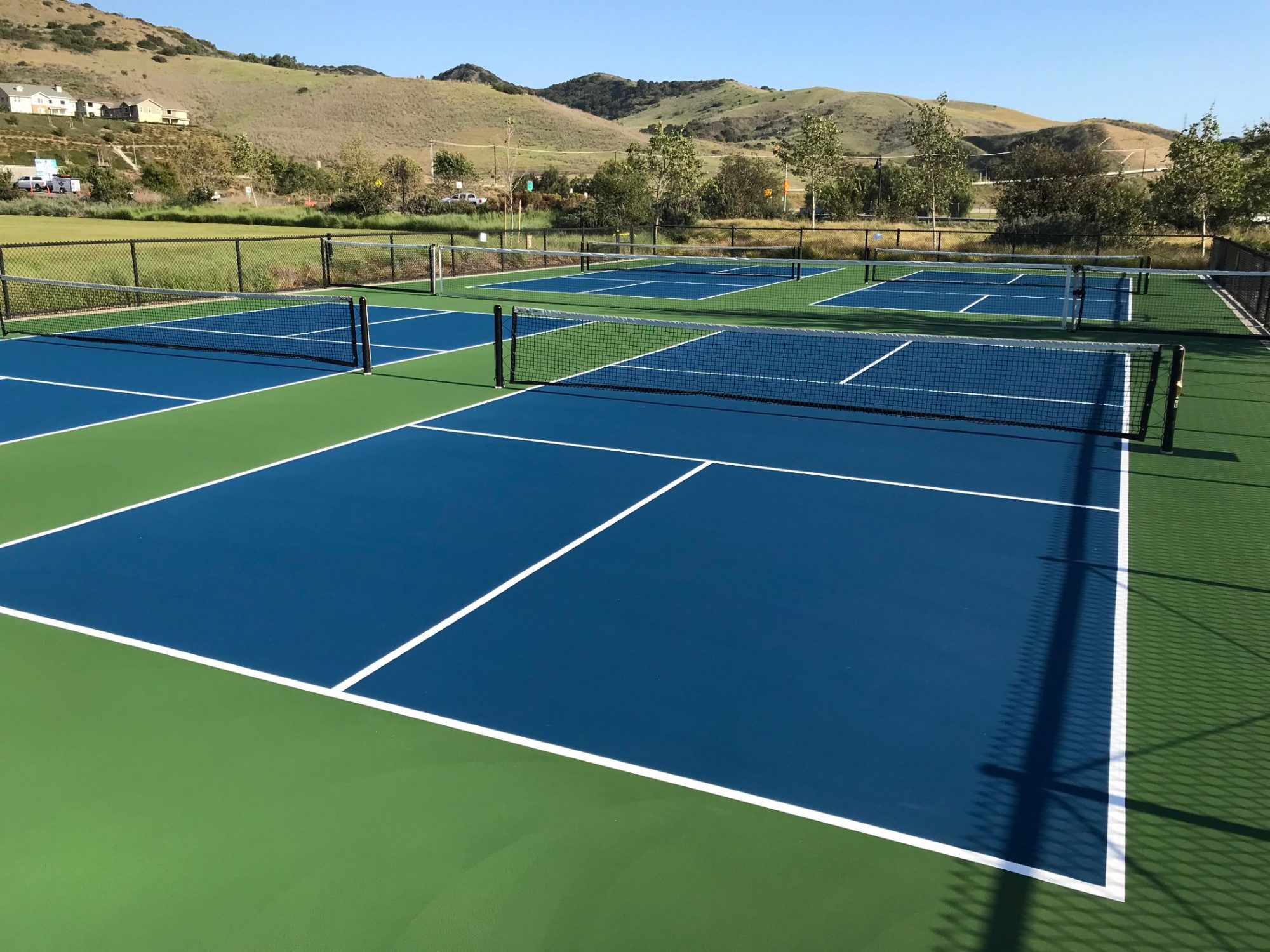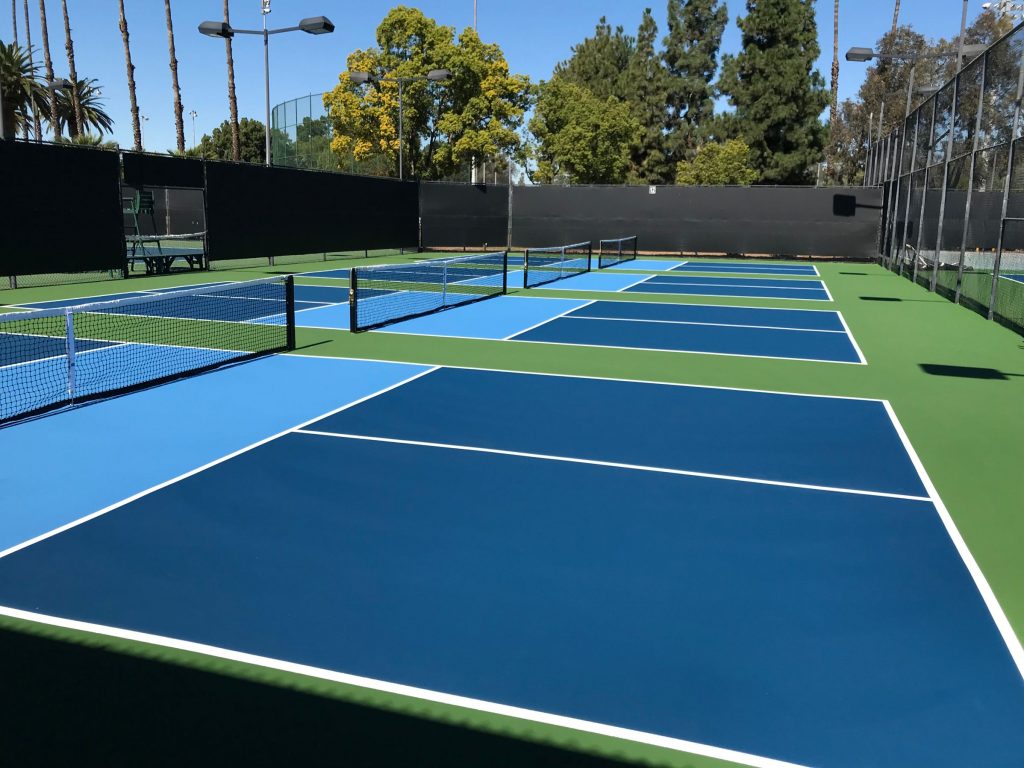Increase Citizen Engagement With Community-Driven Pickleball Court Projects
The appearance of community-driven pickleball court projects provides an unique opportunity to promote regional interaction and reinforce area ties. By proactively involving citizens in the planning and implementation stages, such campaigns not just develop leisure spaces yet additionally promote a common sense of possession. Recognizing the steps to initiate these tasks, including effective stakeholder engagement and source allotment, is essential. However, the real question stays: just how can these grassroots initiatives be purposefully applied to ensure sustainability and inclusivity in varied areas? Checking out effective study might supply the insights needed to answer this crucial problem.
Value of Area Involvement
Area engagement is a vital component in the successful development of pickleball court tasks, as it promotes a feeling of ownership and collective obligation among locals. When community members are actively associated with the planning and execution phases, they are a lot more most likely to support for the job's long-lasting success. Engaging stakeholders such as local gamers, family members, and leisure groups guarantees that the facilities meet the diverse needs and preferences of the area.
In addition, area involvement grows an encouraging atmosphere where locals feel empowered to add their sources and concepts. Pickleball court construction. This collaborative strategy can bring about cutting-edge solutions that enhance the layout and performance of the courts, making them much more attractive to a larger target market. In addition, entailing citizens in decision-making processes can reinforce social connections, advertising inclusivity and unity within the area
The exposure of area assistance for a pickleball task can also play a critical function in safeguarding financing and authorization from neighborhood authorities. By showing a shared dedication to entertainment growth, neighborhoods can effectively support for resources and plan modifications that favor the facility of pickleball courts, ultimately enhancing the local culture and leisure landscape.
Steps to Start a Task
Starting a pickleball court task calls for a systematic technique that builds on the structure of area engagement developed in previous discussions. The initial step is to set up a task committee making up neighborhood stakeholders, lovers, and reps from relevant companies. This diverse group makes certain that multiple point of views are considered.
Next, carry out a demands evaluation within the area. Studies, emphasis groups, and public meetings can be efficient in gauging interest and event input on potential court locations, preferred services, and scheduling choices. Following this, create a project strategy detailing responsibilities, objectives, and timelines.
Once the strategy is in place, engage with local authorities to understand zoning policies and any required licenses. Interacting transparently with the neighborhood throughout this process is vital, as it promotes trust and urges further participation.
Furthermore, arranging neighborhood events can assist maintain momentum and interest. These occasions can serve as platforms for further conversation and aid to enhance community ties. Paper every step taken and keep in-depth records, as this will certainly be beneficial for future phases of the job, including financing and source purchase.
Funding and Resources Available
Safeguarding financing and resources for a pickleball court task is frequently an essential action that can establish the project's usefulness and success. Numerous avenues exist for getting financial backing, varying from public funding to exclusive sponsorships. City government gives, usually focused on advertising neighborhood wellness and entertainment, can offer substantial sponsorship for such efforts.
Along with federal government sources, nonprofit companies and foundations often supply gives specifically for sporting activities and community advancement projects. Engaging regional businesses as sponsors can likewise be a productive approach; numerous firms are anxious to buy neighborhood campaigns that enhance their business social obligation account.
Crowdfunding systems have actually become a viable choice for grassroots fundraising, enabling community members to contribute directly to the job. This technique not only raises funds however additionally cultivates a feeling of possession amongst individuals.
Design and Preparation Considerations
Effective layout and preparation are basic parts of any kind of effective pickleball court project following the purchase of funding and resources. A complete analysis of the recommended place is important; this includes assessing accessibility, distance to existing neighborhood amenities, and the possibility for presence and interaction.
The design of the court need to adhere to official size requirements while taking into consideration the surrounding environment. Incorporating attributes such as seating, shade structures, and appropriate lights can dramatically improve player experience and viewer satisfaction. Products selected for the court surface area must prioritize durability and security, with choices like acrylic or asphalt offering optimal efficiency.
Including area participants in the style process cultivates a sense of possession and makes certain that the facility fulfills neighborhood requirements - Pickleball court construction. This can be achieved with public assessments and studies, allowing stakeholders to express their preferences and issues
Sustainability should likewise be a priority; including environmentally friendly materials and methods can add to long-lasting viability. Lastly, developing an upkeep plan to make sure the court remains in exceptional problem will sustain continuous area engagement and involvement in pickleball tasks.

Success Stories and Case Studies
Highlighting the transformative influence of community-driven efforts, several success tales illustrate how collaborative initiatives have caused the advancement of vibrant pickleball courts throughout numerous regions. One remarkable instance is the initiative in a small town in Florida, where residents grouped to transform an underutilized tennis court into a dedicated pickleball center. Through fundraising events and partnerships with local organizations, the neighborhood elevated adequate funds to install brand-new nets, resurfacing, and lines, eventually fostering a vibrant hub for local gamers.
Similarly, in a suburb of California, a grassroots activity emerged to develop pickleball courts in a regional park. The task not only engaged volunteers for construction however also included workshops to involve area click now members in the sporting activity. Because of this, the courts became a focal factor for social communication and physical fitness, bring in gamers Continued of all ages.
These study exhibit how community-driven projects can improve neighborhood involvement, advertise exercise, and strengthen social bonds. By leveraging collective sources and excitement, areas can successfully create and maintain pickleball centers that serve diverse populations and foster a feeling of belonging.

Final Thought
By prioritizing stakeholder involvement throughout the preparation and execution phases, these efforts can successfully address varied community demands. Eventually, such initiatives contribute to the makeover of public areas into dynamic facilities of health and fitness and social communication, strengthening community ties.
The appearance of community-driven pickleball court jobs offers a distinct chance to promote neighborhood involvement and enhance area ties.Area engagement is a crucial aspect in the effective advancement of pickleball court jobs, as it fosters a feeling of possession and cumulative obligation among locals. When neighborhood members are actively involved in the preparation and execution phases, they are extra most likely to advocate for the project's long-term success.Initiating a pickleball court project calls for an organized strategy that develops on the foundation of community engagement established in click here for more previous conversations. The task not just involved volunteers for building and construction yet additionally consisted of workshops to engage community members in the sport.